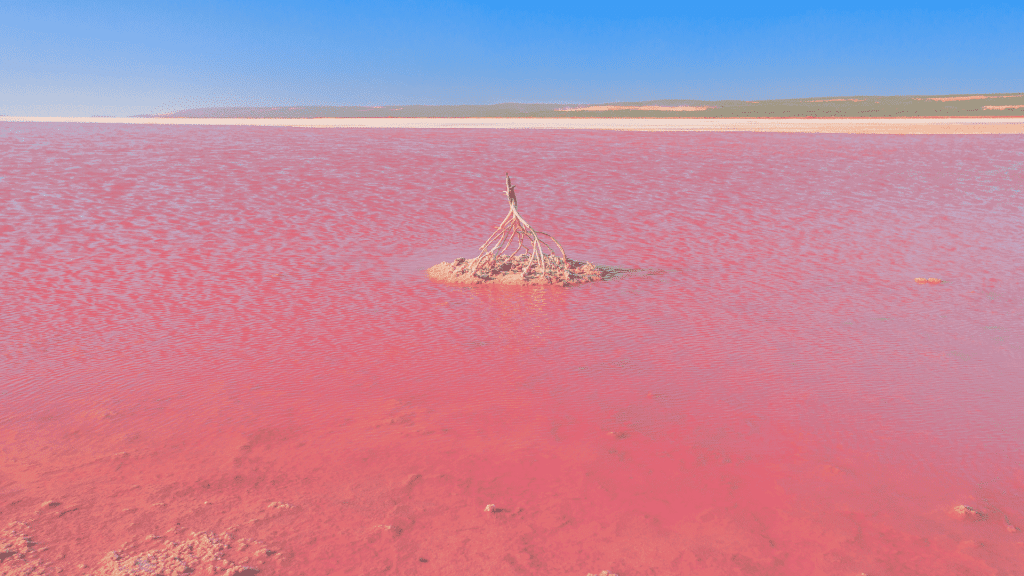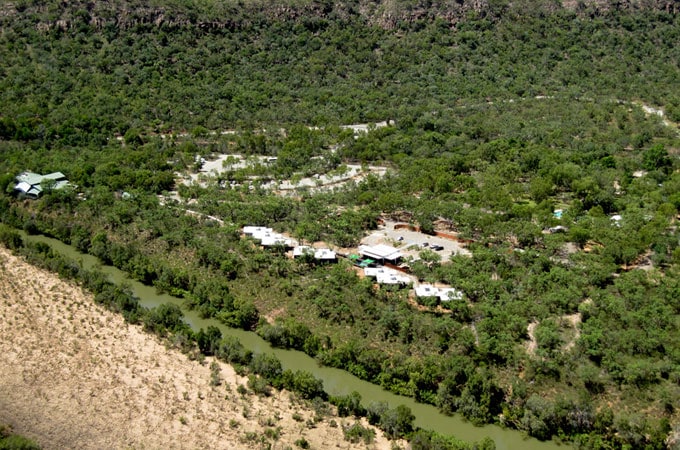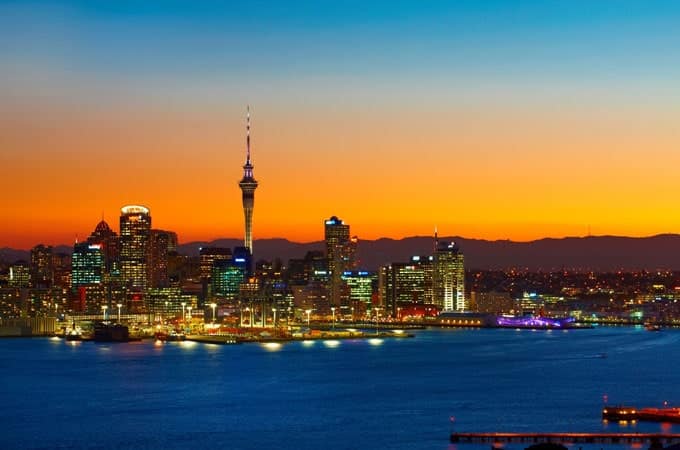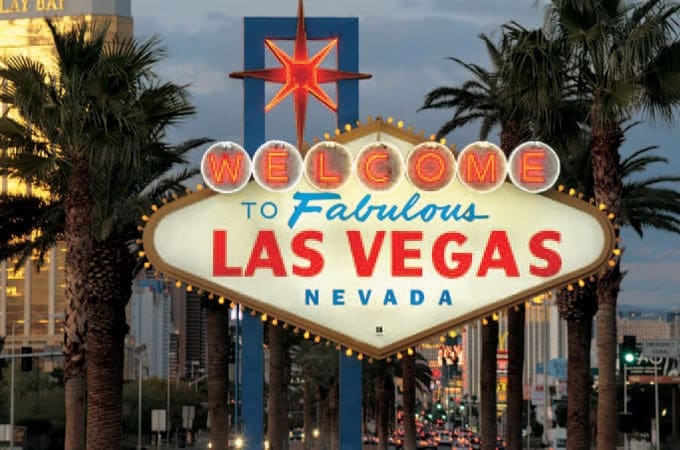Australia is home to stunning landscapes; the Great Barrier Reef, Uluru National Park, Twelve Apostles, and Wave Rock are just some you may have heard of. But a whole new phenomenon exists in the western part of the country. Imagine a lake that isn’t just any ordinary shade of blue or green but a vibrant, bubble-gum pink! That’s right. Australia is one of those rare places where you can see pink lakes, and there’s more than just one to discover!
A pink lake is one of those natural wonders you must see to believe. If you have landed on this page, we assume you are interested in learning more about Australia’s pink lakes and possibly even visiting one. Therefore, in this article, we have compiled a list of the most beautiful pink lakes in Western Australia for you to experience firsthand.
So, let’s get started.
The Formation of Western Australia’s Pink Lakes: A Natural Wonder
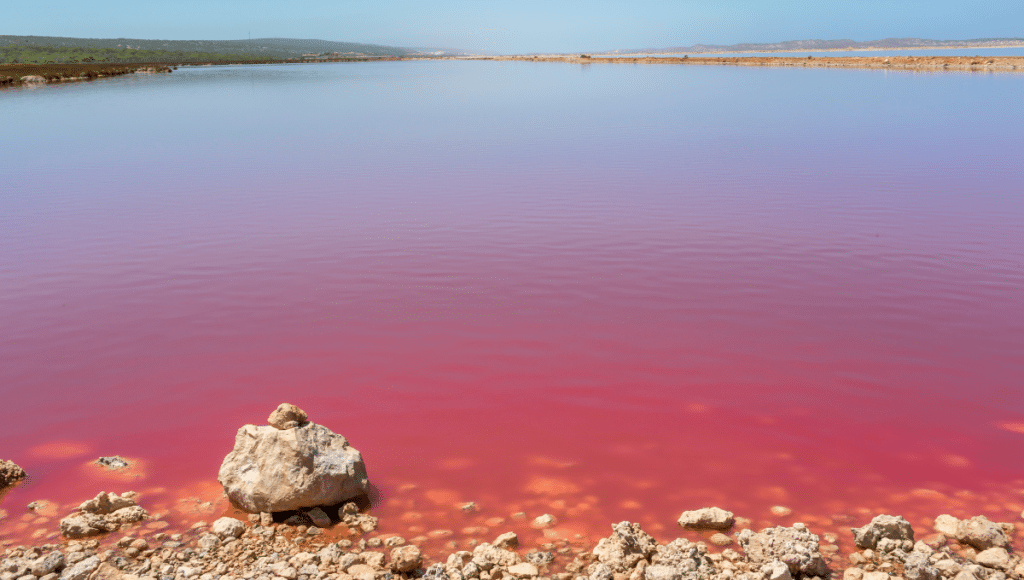
Australia boasts some stunning pink lakes that are unusual and breathtakingly beautiful. These pink lakes, often referred to as bubble-gum lakes because of their bright pink hue, may seem otherworldly at first glance. When you come across one for the first time, you may be caught in absolute awe at the sheer beauty (and unusualness!) of the pink lakes of Western Australia.
So, what is the mystery behind these Australian Pink lakes? The main reason behind the lakes’ colour is none other than the algae found in the lakes. As these lakes are close to the ocean, the high salinity contents and the bright Western Australian light help create a pigment called beta-carotene, giving these lakes a beautiful pink colour.
The Most Beautiful Pink Lakes in Western Australia
Lake Hillier
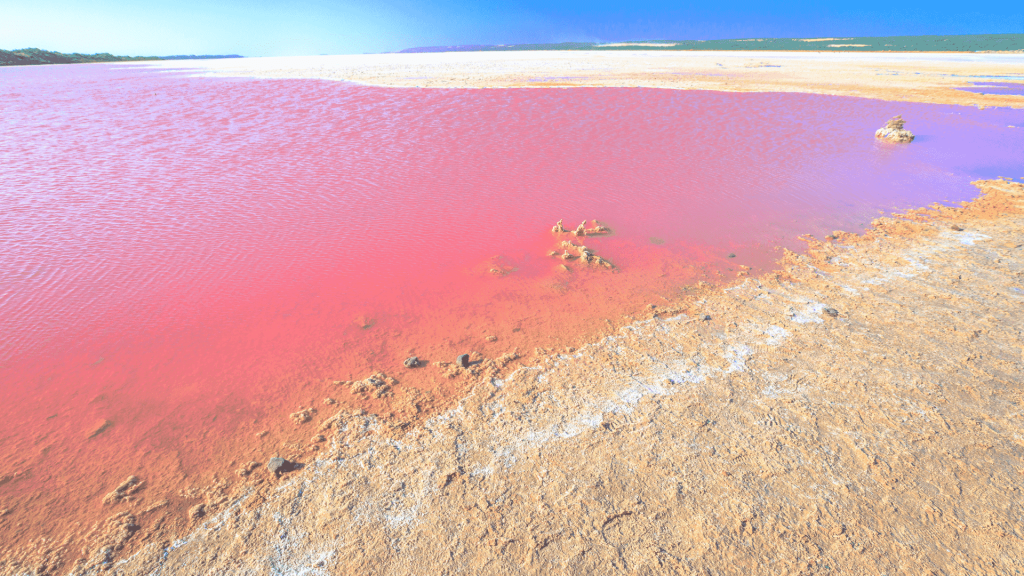
Located on Middle Island, a protected island off Cape Arid National Park, at least 120kms east of Esperance, and the largest island of the Recherche Archipelago, Lake Hillier is one of the many “bubble-gum” lakes in Western Australia. Anyone who looks at it is immediately caught in awe, which is why thousands of tourists worldwide head over to Lake Hillier each year. The unique pink lake is surrounded by a contrast of the dark blue ocean and lush greenery, further adding to the ambience of Lake Hillier.
Due to its remote location, Lake Hillier is tough to access on foot. However, for visitors too keen to witness the pink hue of the lake, helicopters can be chartered for an aerial view.
Hutt Lagoon (Port Gregory Pink Lake)
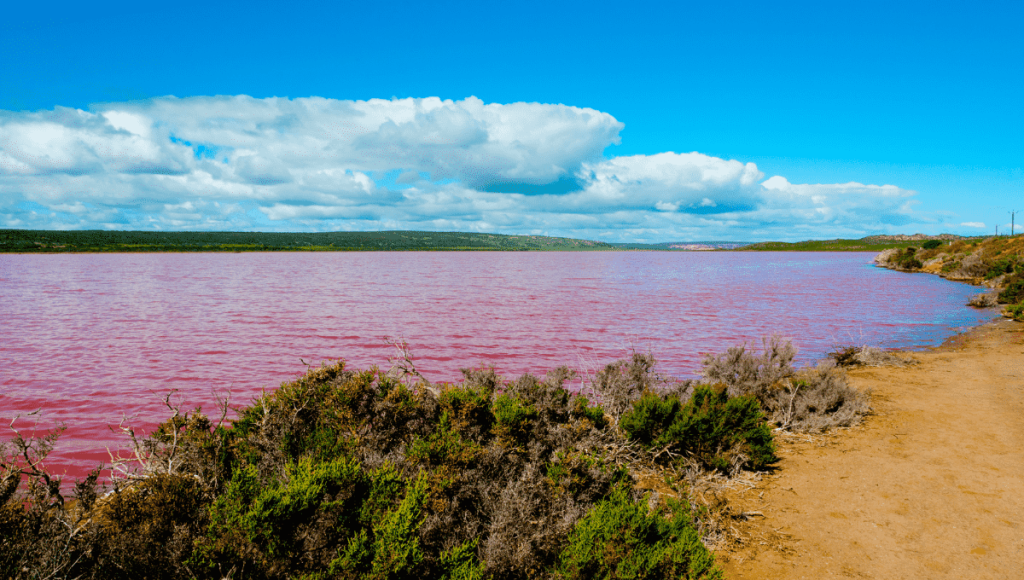
Hutt Lagoon is located along the coast of Australia and offers more than just stunning views. Besides its ability to attract tourists, Hutt Lagoon is also used to harvest brine shrimp, which are then used as a feed for fish and prawns.
Stretching over 57 square kilometres, you can find plenty of places to sit and relax. While you can enter the lake and swim, be mindful of the high salt content. The lakebed is bombarded with tiny salt crystals that may hurt your feet, so tread carefully.
Hutt Lagoon is about a six-hour drive from Perth, the capital of Western Australia. You can also fly to nearby cities like Geraldton or Kalbarri. Then, you can rent a car to drive to the lake. The journey to the lake is full of amazing views on its own.
Did you know that Western Australia isn’t the only place to see Pink Lakes in Australia? South Australia also has magical pink lakes – read our guide here.
Quairading Pink Lake (Western Australia)
Quairading Pink Lake is just a short drive from the town of Quairading. It is a relatively smaller lake than most other pink lakes in Western Australia and only covers an area of 140 hectares. However, size doesn’t matter when it comes to Quairading Pink Lake. The lake is guarded by native shrubs and eucalyptus trees all around, providing a gorgeous backdrop.
The most striking feature of Quairading Pink Lake is the road that runs through the middle of it.
Quairading Pink Lake is home to abundant birdlife. Look up in the sky, and chances are that you will see flocks of birds flying together, looking for brine shrimp found in the lake to feed on.
To visit, take the Quairading-Corrigin road and drive for 10km. Then turn left at Lake View Road, and the beautiful lake will be in sight. A walking trail also encircles the lake, allowing the visitors to walk around and witness the lake up close.
Related article: 27 Amazing Things You Can Only See in Australia
Pink Lake (Rottnest Island)
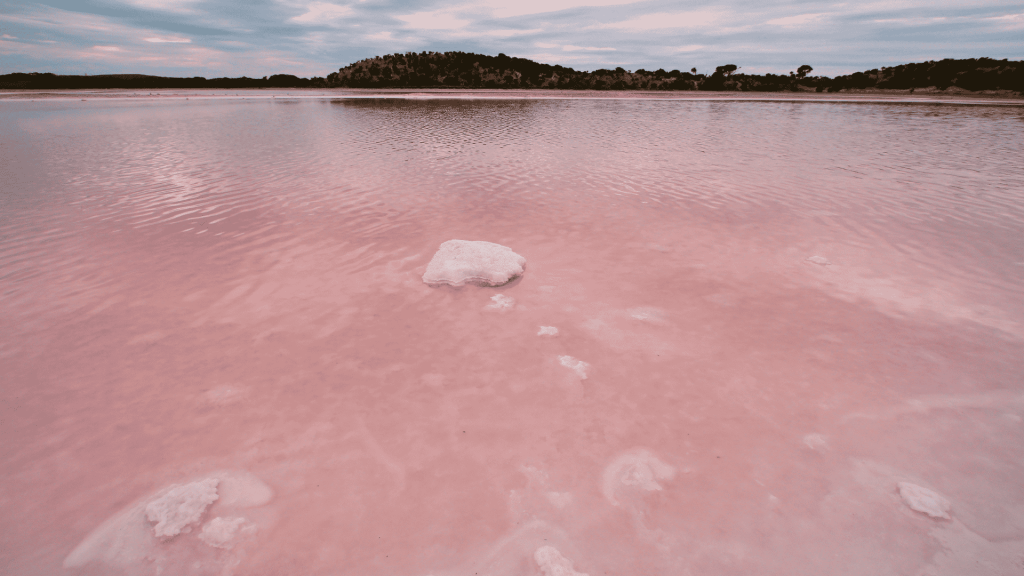
Pink Lake is one of several salt lakes scattered across Rottnest Island, but its pink colour is what brings it the most attention. The 63-hectare lake, sitting peacefully on the western side of Rottnest Island off the coast of Perth, is surrounded by low dunes and small shrubs. A walking trail can also be found along Pink Lake’s eastern perimeter, allowing visitors to observe the subtle gradations in colour as the salt content increases towards the lake’s centre. The walking trail is an excellent spot to capture photos, especially during sunset when the lake glows pink and orange.
While the harsh salinity means Pink Lake cannot support aquatic life, migratory birds and seabirds can be seen flocking around the lake. Visitors can also be seen swimming and floating around in the lake, thanks to its high saline content. Picnic tables and resting spots are situated along the trail to let visitors relax and absorb the peaceful surroundings.
The Pink Lake can easily be accessed by car or bus. However, the easiest way to get to Rottnest Island is by ferry from Fremantle, Perth, or Hillarys Boat Harbour. Ferries run regularly throughout the day, taking about 30 minutes to reach the island.
The Best Time to Visit the Pink Lakes Western Australia
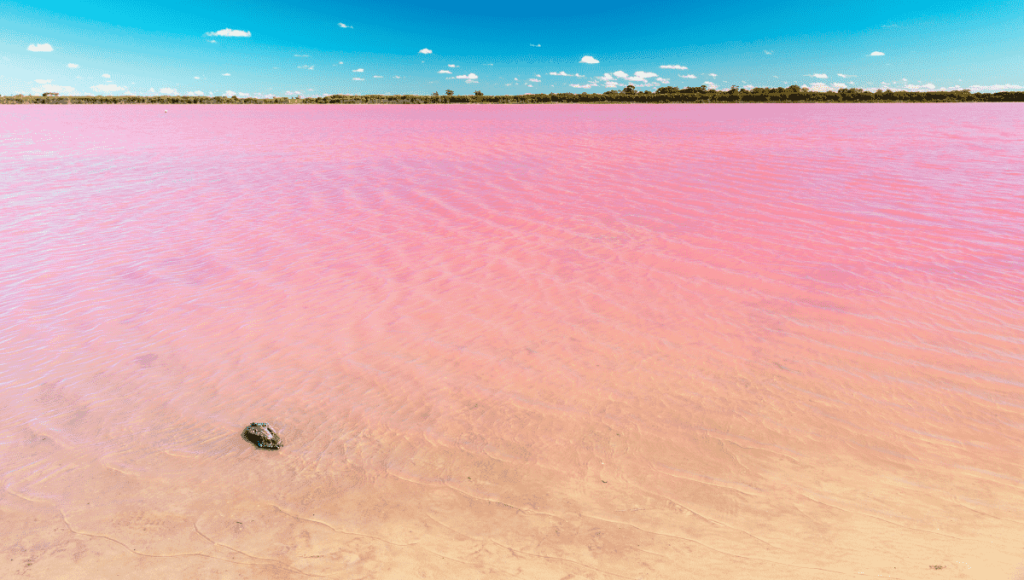
If you are planning to visit the Pink Lakes of Western Australia, remember that these lakes are most vibrantly coloured during the hot, dry summer months between December and February. During this peak season, salt concentration and algae growth create intense pink hues across the lakes. For the pinkest views, plan your visit from mid-December to mid-February. Avoid the winter and rainy months when the lakes can appear more muted.
Related article: Iconic Australian Landmarks
